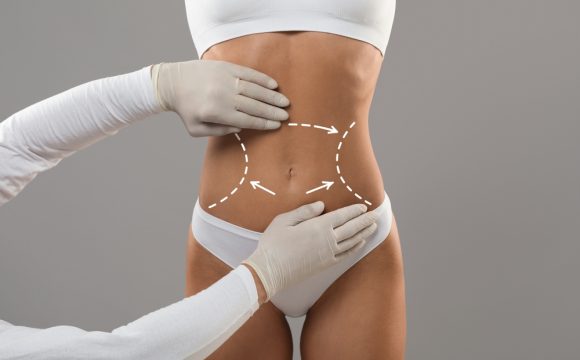Oral cancer screenings by your local prosthodontist or dentist are used to detect a developed cancer or precancerous lesions which could lead to oral cancer. Oral cancer can occur on the lips, inside of the mouth, on the tongue, salivary glands, back of throat, tonsils, esophagus, or in the soft tissues of the mouth.
Oral screenings are often an easy addition to your biannual checkups and especially important because approximately 84% of oral cancer cases can be detected early and, thus, have a much greater chance to be treated and cured. Early detection is the best way to lower your risk, as this is when any cancerous cells are the easiest to remove.
Some symptoms to watch out for:
While maintaining a routine of regular oral screenings is recommended, and can be added alongside your normal cleaning schedule, it is especially important to request a screening if you are experiencing any of the symptoms commonly associated with oral cancer. These include:
- Numbness in any areas of mouth or tongue
- Difficulty chewing or swallowing
- Difficulty in moving tongue or jaw
- Hoarseness
- A lump, sore, or any other abnormality in mouth or throat area which doesn’t seem to go away
- A white or red spot in mouth, especially if it’s on the inside of the cheek
- Redness or swelling of the mouth
- Thickening tissue, rough spots, or crusty/eroded areas in mouth
- Pain in only one ear, which doesn’t have corresponding hearing loss
What you can expect from your screening:
During an oral cancer screening, your dentist will assess the inside of your mouth, looking for any red or white patches or sores. They will also feel for any lumps or abnormalities in the tissues of your mouth, and may also examine your throat and neck for any such lumps or abnormalities.
Additionally, your dentist may request a special test in addition to the oral exam as part of the screening. This could include using a
- Screening dye
This is a special blue dye which abnormal cells are more likely to absorb once you have rinsed your mouth with it, making those cells appear blue or, - Screening light
This makes abnormal tissue appear lighter in color than the surrounding healthy tissue, which will remain dark.
If your dentist finds any signs or oral cancer or precancerous lesions they may recommend:
-
- A follow up visit
This would most likely be in a few weeks to see if the abnormality is still present and, if so, if it has changed or grown over this time or,
- A follow up visit
- A biopsy procedure
This would be used to remove some of the cells so that they can be tested in a laboratory to determine whether or not they are cancerous.
Treatment for oral cancer:
The treatment for oral cancer, like most cancers, can be surgery, chemotherapy, or radiation. However, according to the Oral Cancer Foundation, the death rate from oral cancer remains at around 57% 5 years after diagnosis.
This high mortality rate is primarily due to the fact that most cases aren’t diagnosed early enough to allow the time for proper treatment. Many who survive, if the cancer isn’t caught earl enough, will also suffer long-term problems, such as difficulties in eating and speaking or even facial disfigurement.
This is why it is so important to maintain a regular schedule of screenings and know the most commonly associated symptoms, as well as the factors that put you most at risk for developing oral cancer.
Common risk factors:
Though oral cancer is a complex issue, some behaviors can put you at a higher risk of contracting oral cancer, such as:
- Tobacco use of any kind, including smokeless alternatives like vapes, chewing tobacco, or snuff
- Excess alcohol use, especially when it is combined with tobacco use
- Frequent or significant sun exposure, which puts you at a greater risk of lip cancer or cancer of the surrounding skin
- A poorly balanced diet
- Age can also be a factor, as most victims of oral cancer are aged 40 or older
- Contraction of the sexually transmitted infection Human Papillomavirus (HPV)
You can mitigate your risk of contraction by:
- Eliminating tobacco use
- Refraining from combining tobacco use and alcohol consumption at the same time
- Limiting sun exposure and using SPF sunscreens and lip balms
- Including more fruits and vegetables in your diet to maintain a healthy immune system
- Brushing at least twice a day with a soft bristled toothbrush and fluoride toothpaste
- Flossing at least twice a day
- Using an antimicrobial mouthwash
- Maintaining regular checkups and screenings with your dentist
So make sure you talk to your dentist about an oral screening and prevention methods next time you are visiting for your next cleaning. It is so important to address any signs as early as possible, for the most effective treatment.








